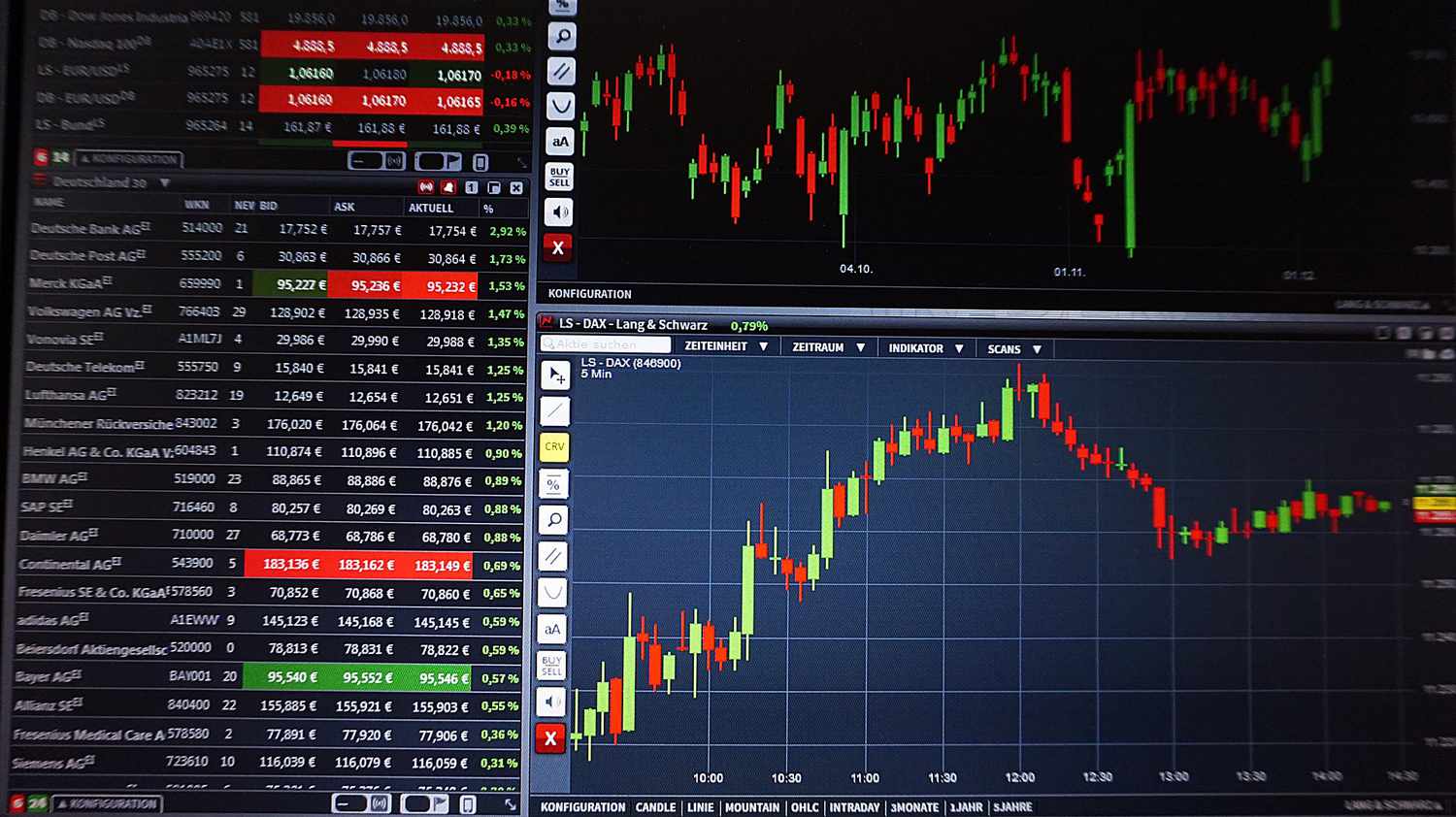Navigating the dynamic landscape of currency exchange, the Australian Dollar (AUD) holds a unique position in the forex market. Fondly known as the “Aussie dollar,” this currency reflects Australia’s robust economy, rich natural resources, and significant role in global trade. To excel in forex trading, one must delve deeper into the complexities of the AUD, employing strategic methods to maximize returns. This article explores advanced techniques to optimize profits when trading the Australian dollar.
The AUD is often categorized as a commodity currency due to Australia’s thriving economy, driven by both a burgeoning services sector and export-oriented commodities. The currency’s value is closely linked to global commodity prices, especially those related to agriculture and minerals. Traders aiming to capitalize on AUD fluctuations should monitor global commodity trends closely. For instance, a surge in iron ore prices might signal a strengthening Australian dollar, providing lucrative trading opportunities.
Another crucial aspect to consider is the geopolitical landscape and its impact on trade relations. Australia’s trade relationships, particularly with China, significantly influence the AUD’s performance. Positive trade negotiations or increased demand from trading partners can bolster the Australian dollar. Conversely, trade tensions or restrictions can exert downward pressure. By staying attuned to these relationships and global economic policies, traders can make timely and informed trading decisions.
Interest rate differentials play a fundamental role in determining currency value, and the Reserve Bank of Australia’s (RBA) monetary policy is a key factor in this regard. The RBA’s decisions on interest rates directly affect the attractiveness of assets denominated in Australian dollars. When the RBA raises interest rates or signals such an intention, the AUD often appreciates as investors seek higher yields. Therefore, forex traders should closely follow the RBA’s announcements and policy meetings to anticipate currency movements.
Leveraging technical analysis is another vital strategy in forex trading. This involves studying charts and using indicators to identify trends and patterns in the AUD’s movement. While fundamental analysis focuses on economic indicators and news events, technical analysis uses market data to help traders pinpoint entry and exit points. Combining both methods provides a comprehensive view, enabling traders to make well-informed decisions based on statistical probabilities and market sentiment.
Despite thorough knowledge of the Australian dollar, the forex market remains notoriously unpredictable. Effective risk management strategies are crucial for safeguarding investments. Implementing stop-loss orders and risking only a small portion of capital on any single trade are essential practices. These measures protect funds from significant losses, ensuring traders can continue participating in the market.
Diversification is another key strategy for those looking to profit from the Australian dollar. Although focusing solely on AUD pairs might seem appealing, spreading investments can mitigate risk. This could involve trading various currency pairs or incorporating other asset classes into the portfolio. Diversification helps cushion the impact of adverse movements in any single currency pair, enhancing overall portfolio performance.
Staying updated with current events and information is also critical. The forex market is constantly evolving, and staying abreast of the latest developments is essential for successful trading. Engaging in continuous learning through courses, webinars, and trading forums, and regularly reading financial news can sharpen trading skills. This proactive learning approach ensures traders remain adaptable and ready to seize new opportunities as they arise.
Understanding the factors that influence the AUD, such as global commodity prices, geopolitical dynamics, and RBA policies, is fundamental. By combining technical and fundamental analysis, traders can gain a holistic view of the market, allowing them to make strategic decisions. Implementing robust risk management practices and diversifying investments further enhances the likelihood of sustained profitability.
Maximizing profits in forex trading with the Australian dollar requires a multifaceted approach. By monitoring global commodity trends, understanding geopolitical influences, following RBA policies, and leveraging both technical and fundamental analysis, traders can navigate the complexities of the forex market effectively. Employing sound risk management strategies and diversifying investments are essential practices for safeguarding capital and enhancing portfolio performance. Continuous learning and staying informed about market developments ensure traders remain agile and well-prepared to capitalize on emerging opportunities.


